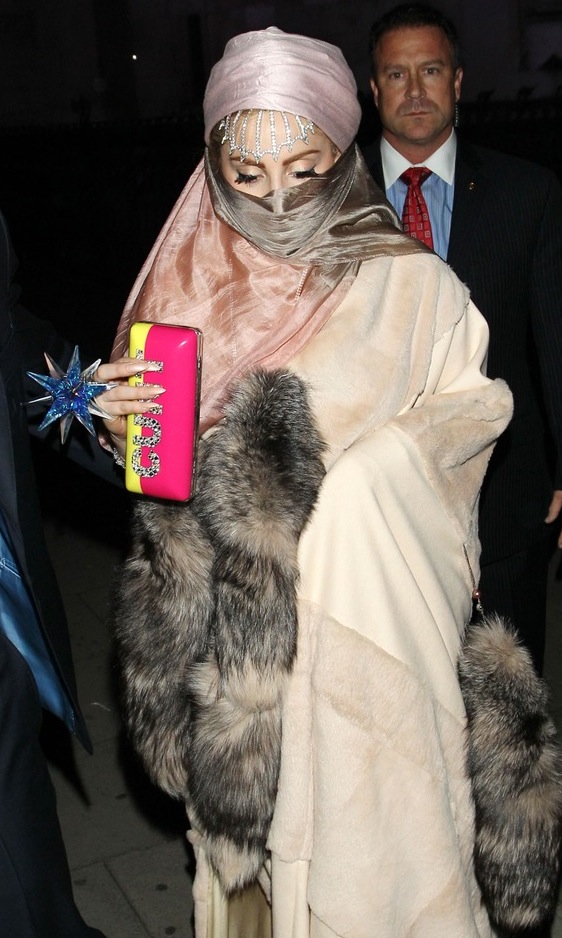Thank you for elaborating more, Yoninah. Native American communities in the United States certainly experience a lot of the repercussions of deeply rooted segregation, which is shared with other groups in the rest of the country and continent (lack of access to education, family planning and other incentives of a healthier lifestyle just so they don't resort to things like alcohol).
My thoughts on this drag along a lot of cultural baggage, reason why I'm not sure it's even worth sharing. While in some cultures a platform known as popular culture is given responsibility for fomenting stereotypes, for me that's actually a platform of the government, the only group responsible for both the lack of assimilation through policies (aka. integration OR providing the means for them to reach a dignified lifestyle) and the lack of assimilation of the population that does subscribe completely to their capitalist system. A puppet vs. puppeteer non-dilemma for me.
That's partly the reason why I find the constant use of the term cultural appropriation a bit hard to adjust to. I also find it a bit discriminatory, I value the effort of wanting to create consciousness on the effects of misinterpreting or ridiculing or reducing to a cartoon a culture or traditions, I think it's necessary step, but you regulate it, I don't think you can execute it in a place as vast and new and complex as a country in North, Central or South America or even Australia (any newer nation) with that firm 'this isn't yours' 'handle with extreme care' 'only get near it if you're planning to interpret it by the book' demand and suggesting everything else was done with ill intent. We have societies identified with names that are barely 200/300 years old, with social movements (systems, migration, a need for unity) that crave for an identity, something you can claim as yours, that no longer requires you to refer to that country your grandparents or great grandparents came from. Perhaps my vision is too broad or relaxed or even cynical but cultural assimilation doesn't happen overnight, you need an introduction first, often a sugar-coated, easy on the eye introduction (which is when popular culture comes into the picture), supervised maybe, and I think that if you're going to integrate things and attach your entire collage of skin colors/languages/etc, you might as well do it by going back to the beginning of this land, slowly making symbols of 100% American life yours, making people feel like it's theirs even if their grandparents are from Asia or Eastern Europe or Africa. I'm not sure if this approach works in the United States (I'd say it IS working) but I think, as mentioned in the Dolce & Gabbana scandal thread, that it may be worth exploring with such a rich diversity, where the last thing you want is making any acknowledgement or use of an element of one of their many cultures more awkward than it already is. Understanding doesn't come right away unfortunately, but introduction is a start.
I found Lana's video beautiful, not one bit discriminatory, for me it's a celebration of that romanticised American dream, which Americans were fortunate enough to explore and ultimately market as part of their identity. Not to get too cheesy but whenever I'm out in the desert, or when I'd spend days in the Argentinian pampas, I start to imagine what it was like coming here with very little, seeing nothing but those nauseatingly huge landscapes, people obviously had needs but also quite a wild spirit to stay, a thirst of freedom to leave it all behind, which urbanization, passing generations or just years of building something solid took away.. most people don't want to go anywhere, even camping out scares them, which is kind of funny if you remember the drive of their ancestors. For me the video has a bit of that Paris, Texas melancholy, grabbing all these symbols of America and putting it into a realistic context where you know they're not ever going to happen, not for a very long time anyway, cause yeah love and freedom but you'll eventually join the current system where you're in or you're out (what America didn't use to be??) and grow debts and make a living. I also spot a reference, or just influence, of Eugene O'Neill's Long Day's Journey into Night, which is so beautiful.
I was happy to see someone so popular and commercial create something more thoughtful and bring that kind of writing/inspiration to younger audiences.
 I don't think that every type of NA inspired look is offensive. It's just my main problem is when I see people sporting headdresses with tiny bikini's or wearing them as an accessory for a "hippie" outfit at Coachella or whatever. To me it is those sort of looks that are disrespectful.
I don't think that every type of NA inspired look is offensive. It's just my main problem is when I see people sporting headdresses with tiny bikini's or wearing them as an accessory for a "hippie" outfit at Coachella or whatever. To me it is those sort of looks that are disrespectful. I don't think that every type of NA inspired look is offensive. It's just my main problem is when I see people sporting headdresses with tiny bikini's or wearing them as an accessory for a "hippie" outfit at Coachella or whatever. To me it is those sort of looks that are disrespectful.
I don't think that every type of NA inspired look is offensive. It's just my main problem is when I see people sporting headdresses with tiny bikini's or wearing them as an accessory for a "hippie" outfit at Coachella or whatever. To me it is those sort of looks that are disrespectful.
 ).
). 


